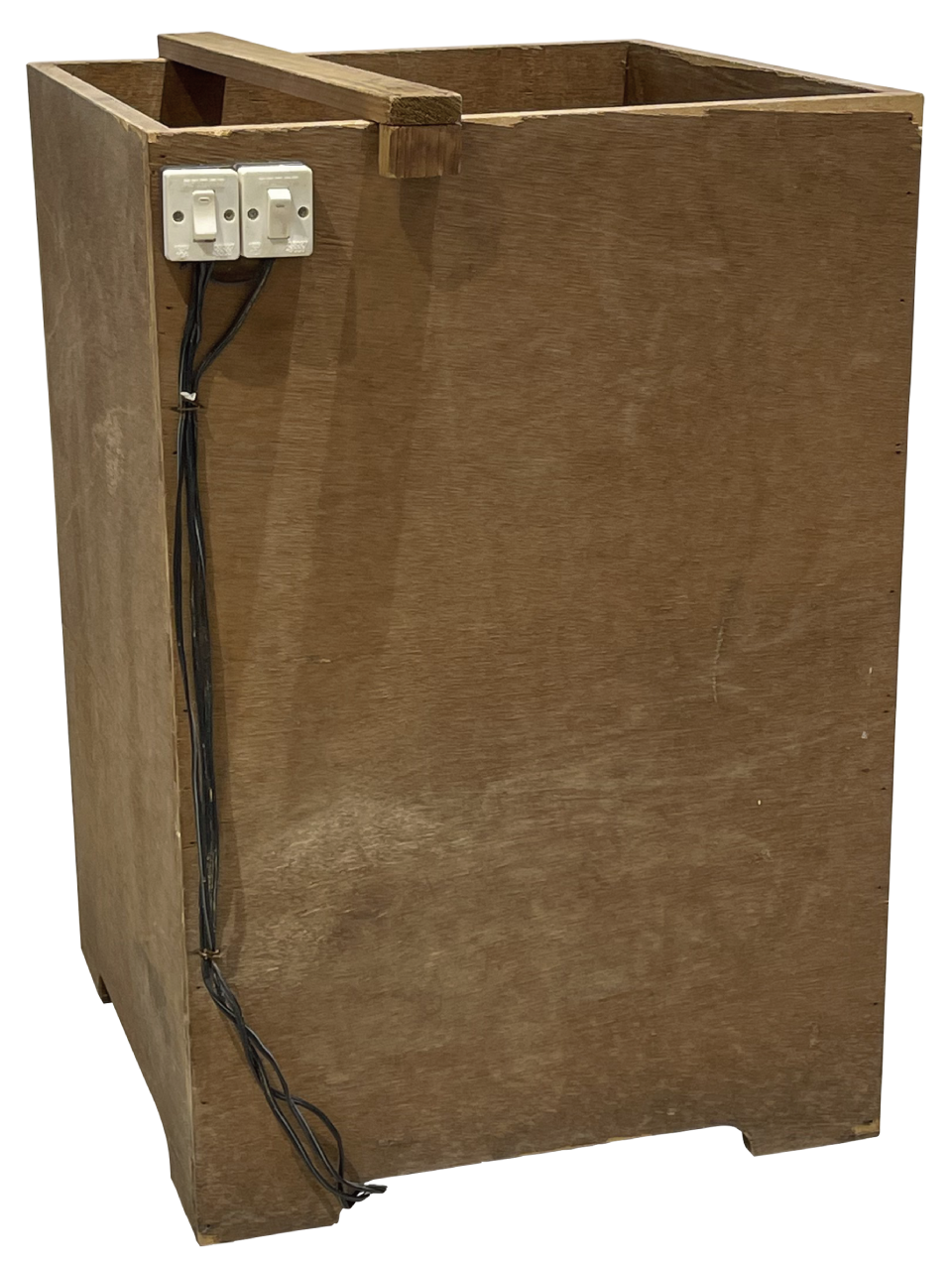

採集植物後,整理枝葉、清理根部泥沙,整姿展平,夾入吸水性紙材(如報紙)。每份標本間以瓦楞紙間隔,整疊標本以木質或金屬標本夾壓緊固定後烘乾。
現代標本館以烘箱或燈泡進行烘乾,缺乏乾燥設備或電源時,需勤快更換報紙乾燥標本,長期田野採集期間,以營火或瓦斯爐架烘乾。
The collected plant materials are trimmed, and soil is cleaned from the roots. The plant material is posed and then pressed using water-absorbing papers like a newspaper. Next, each specimen is separated by corrugated cardboard, and the stack of specimens is compressed and fixed with wooden or metal press frames for drying. Modern herbaria often use oven or light bulb drying kits to dry plant materials. Water-absorbing papers must be replaced frequently when such equipment or power supply is unavailable. Sometimes campfire or gas oven is also used for specimen drying during long-time field collection.
採集された植物材料が、枝や葉を整理されて、根部の砂や泥など異物を取り除いてから形を整えて平らに広げ、吸水しやすい紙(新聞紙など)にはさまれる。そして、標本が入った新聞紙と段ボール紙を交互につみかさねて、束になった標本を木製或いは金属製の押し板で押し付けて固定した後、乾かせる。
現代の標本館はオーブン或いは電球で押し葉標本を乾かせる。乾燥設備或いは電気がない場合、頻繁に新聞紙を取り換えて標本を乾燥させる必要がある。長期間で山野で採集する場合に、焚き火やガスコンロで標本を乾かすこともある。

